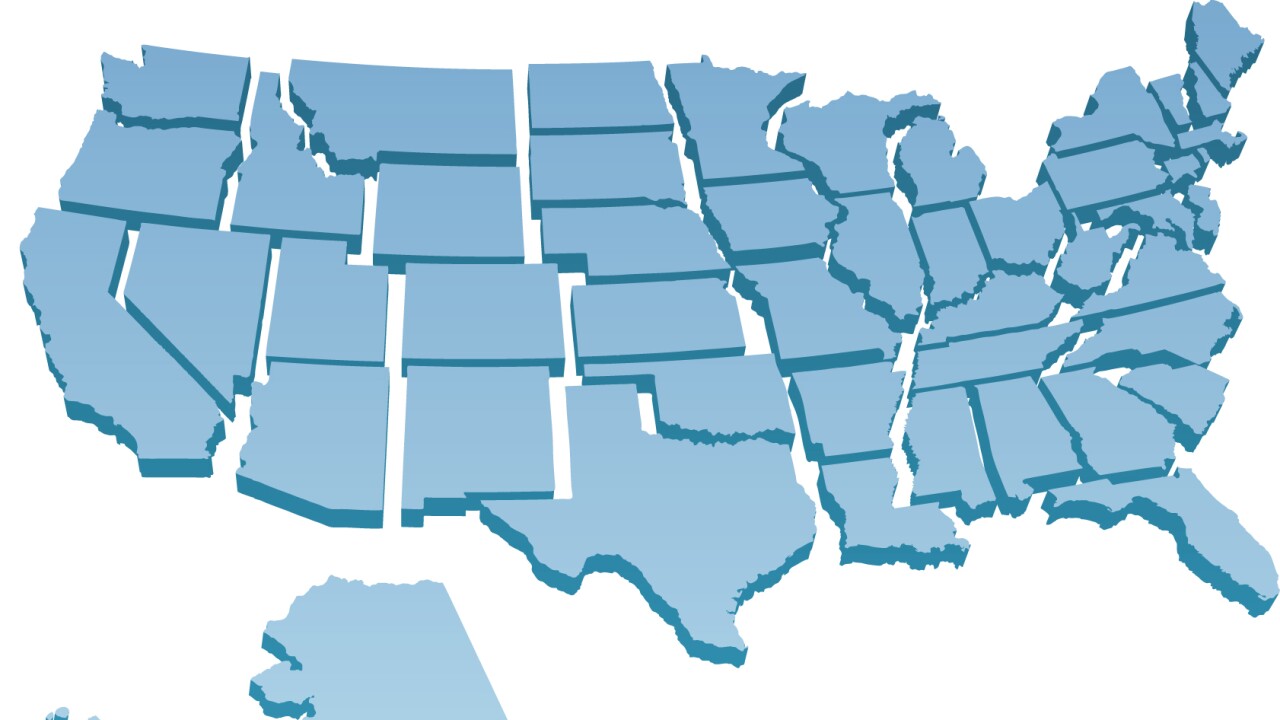The Internal Revenue Service updated its
The new estimate includes an increase of more than $192 billion from previous estimates for tax years 2014-16 and an extra $138 billion from the revised projections for tax years 2017-19. The IRS said this marks the first year tax-gap projections have been provided for single tax years. The agency plans to start issuing tax-gap updates on an annual basis. "This increase in the tax gap underscores the importance of increased IRS compliance efforts on key areas," said IRS Commissioner Danny Werfel in a statement. "With the help of Inflation Reduction Act funding, we are adding focus and resources to areas of compliance concern, including high-income and high-wealth individuals, partnerships and corporations. These steps are urgent in many ways, including adding more fairness to the tax system, protecting those who pay their taxes and working to combat the tax gap."
The IRS acknowledged that the tax gap estimates and projections can't fully account for all types of noncompliance. They're based largely upon the compliance behavior estimated from the most recent set of completed audits (from tax years 2014-16). That estimated compliance behavior is projected forward to taxpayers in tax years 2020 and 2021. The IRS also pointed to data indicating that increased information reporting would yield more tax revenue.

Accounting Today asked IRS officials during a news conference Thursday about the possible impact of the lower threshold of reporting third-party transactions on Form 1099-K from payments from third parties such as PayPal and eBay. The threshold was lowered to $600 from $20,000 as a result of the American Rescue Plan Act of 2021. The IRS
"As a taxpayer, having a document that helps you to prepare an accurate return is just incredibly important," said Melanie Krause, chief data and analytics officer at the IRS, who co-authored the
The lag in reporting on the tax gap and subsequent revisions to those estimates can stem from several factors, IRS officials noted. Information for a particular tax year is usually reported to the IRS in the following calendar year. For individuals, most returns are filed the next calendar year, but businesses file on a fiscal year basis and the filing lag can be even longer, especially after tax filing extensions. Another important factor is tax audits.
"Most of the information in the report is based on actual return audits, and some of those audits of more complex returns can take several years to complete after the returns have been filed," said Barry Johnson, deputy chief data and analytics officer at the IRS, who also co-authored the report and spoke during the press conference. "To provide more current information between releases of our official text gap estimates, we've begun annual releases of tax-gap projections. These projections leverage historical compliance data, combined with contemporary filing information and data on economic conditions, such as unemployment and inflation trends."
The $688 billion gross tax gap represents the difference between estimated "true" tax liability for a given period and the amount of tax that is paid on time. The gross tax gap covers three main areas: nonfiling of taxes, underreporting of taxes, and underpayment of taxes.
However, the IRS acknowledged that the tax-gap estimates and projections can't fully account for all types of noncompliance. In addition, the projections are based largely upon the compliance behavior estimated from the most recent set of completed audits (from tax years 2014-16). That estimated compliance behavior is then projected forward to taxpayers in tax years 2020 and 2021.
The projections also can't fully represent noncompliance in some components of the tax system, the IRS pointed out, including offshore activities, issues involving digital assets and cryptocurrency as well as corporate income tax, income from flow-through entities and illegal activities because data are lacking. The projections rely upon estimates of compliance behavior, but no estimates are available for pandemic credits, as there's no reliable way right now to represent noncompliance for pandemic credits. The tax gap associated with illegal activities has also remained outside the scope of tax gap estimation because the IRS's goal is to eliminate such activities, which would eliminate any associated tax.
For noncompliance associated with digital assets and other emerging issues, the IRS said it takes time to develop the expertise to uncover associated noncompliance and for examinations to be completed that can be used to measure the extent of that noncompliance.
Late payments and IRS enforcement efforts are expected to produce an extra $63 billion on tax year 2021 returns, resulting in a projected net tax gap of $625 billion. Between tax years 2014-16 and tax year 2021, the estimated tax liability increased by approximately 38%, about the same increase as the gross and net tax gaps. Much of these increases in tax liability and the tax gap can be attributed to economic growth.
The tax year 2020 and 2021 tax gap projections translate to about 85% of taxes paid voluntarily and on time, which is basically in line with recent levels. After IRS compliance efforts are factored in, the projected share of taxes eventually paid is 86.3% for tax year 2021, down slightly from the 87.0% for tax years 2014-2016. The drop in compliance does not factor in any changes in compliance behavior; instead, it's due to changes in the types of income and how that income is reported to the IRS.
The gross tax gap includes three components:
- Nonfiling, which means tax not paid on time by those who do not file on time: $77 billion in tax year 2021, up from $41 billion in tax years 2017-19.
- Underreporting, which reflects tax understated on timely filed returns: $542 billion in tax year 2021, up from $445 billion in tax years 2017-19.
- Underpayment, or tax that was reported on time, but not paid on time): $68 billion in tax year 2021, up from $64 billion in tax years 2017-19.
With the help of the extra billions in funding from the Inflation Reduction Act, the IRS plans to take steps to improve voluntary compliance by improving taxpayer services and implementing new technology to supplement its compliance work. In 2022, the latest year for which data is available, the IRS collected more than $4.9 trillion in taxes, penalties, interest and user fees.
Tax gap studies over the years have consistently shown that third-party reporting of income significantly raises voluntary compliance with the tax laws, and voluntary compliance grows even higher when income payments are also subject to withholding.
"Compliance is higher when there's third-party reporting and withholding," said Johnson.
"For income that's subject to both substantial reporting and withholding, such as wages and salaries, only about 1% of income is misreported and the associated dollar value in 2021 is only about $9 billion," he added. "But misreporting is greater when there's less information reporting."
The IRS estimates that when income is subject to little or no information reporting and no withholding, about 55% of the true total, or about $167 billion, is misreported.





